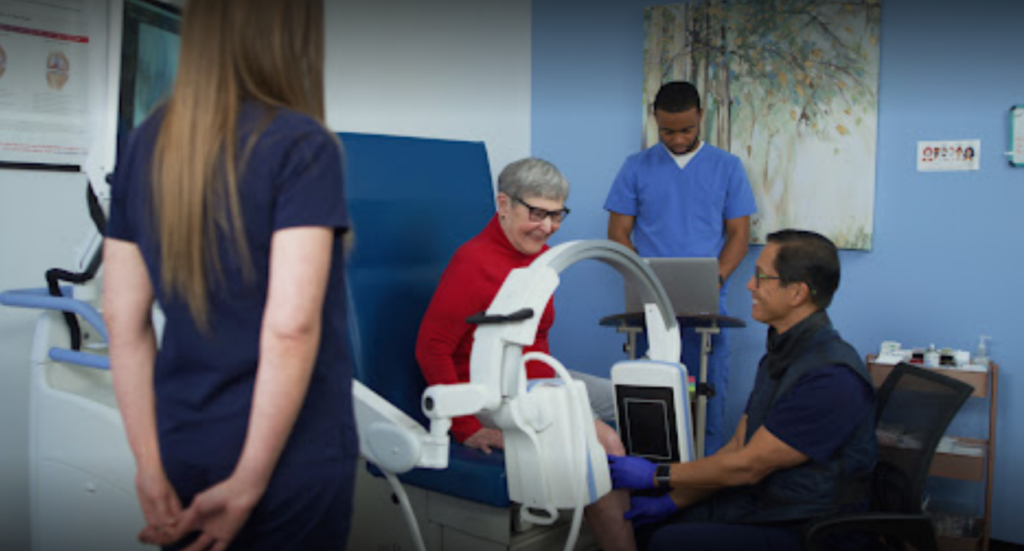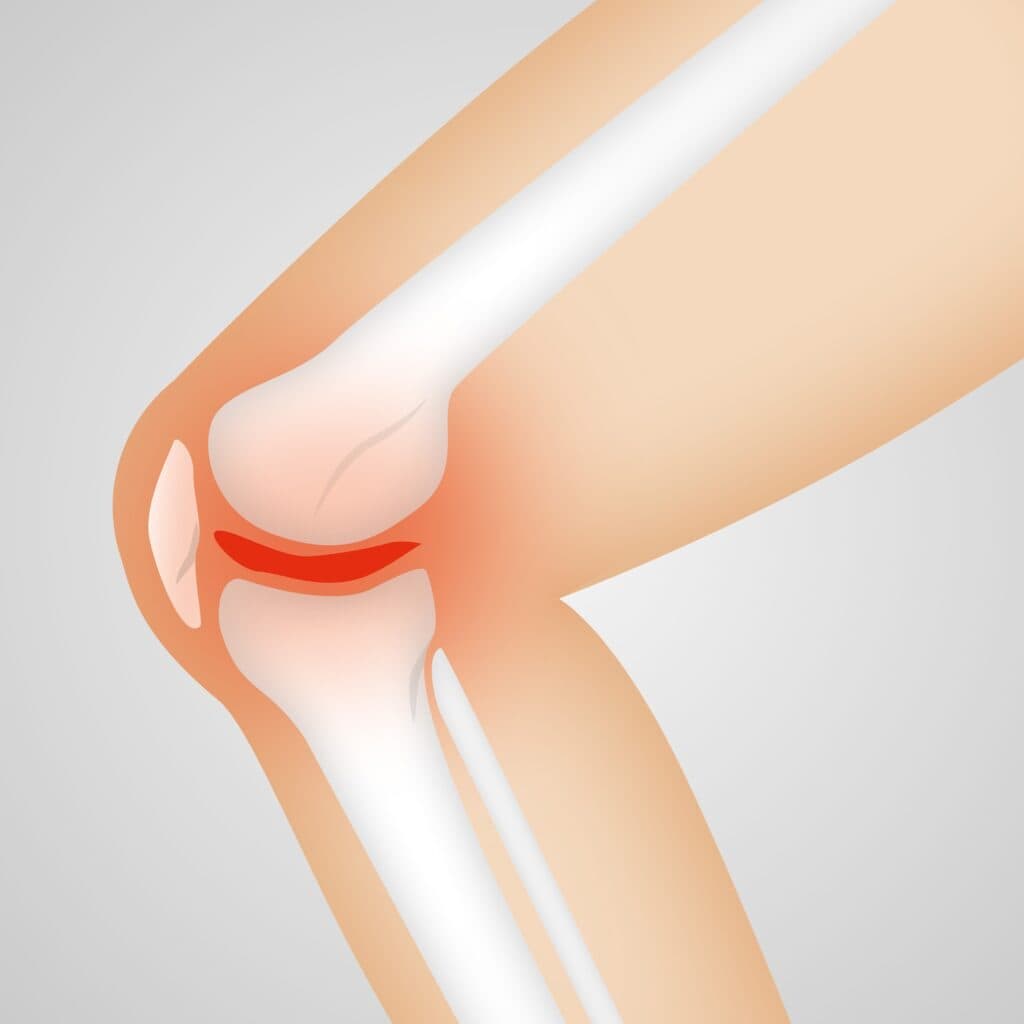Posts Tagged ‘popular’
Understanding Viscosupplementation: A Comprehensive Guide
If you’re seeking relief from osteoarthritis knee pain, viscosupplementation may be a viable treatment option. In this article, we will delve into the details of viscosupplementation, explaining its mechanism of action, administration process, effectiveness, and potential side effects. Whether you’re considering Synvisc, Hyalgan, or other viscosupplementation options, this comprehensive guide will provide you with valuable insights. Read on to discover the benefits of viscosupplementation in managing osteoarthritis. What is Viscosupplementation Viscosupplementation refers to the use of injections containing hyaluronic acid to treat osteoarthritis. This treatment approach aims to supplement the natural hyaluronic acid found in joints, providing cushioning, lubrication, and reducing pain. How Viscosupplementation Injections Work Viscosupplementation injections consist of a gel-like substance that contains hyaluronic acid. Hyaluronic acid is naturally present in the body, particularly in joints, where it acts as a lubricant and shock absorber. By injecting hyaluronic acid into the affected joint, viscosupplementation seeks to improve joint function, reduce pain, and alleviate the symptoms of osteoarthritis. At The Joint Relief Institute, we use an imaging technique called fluoroscopy to ensure accurate placement of the gel every time. Without fluoroscopy, even experienced doctors may miss the injection site. We also drain any fluid prior to injecting the hyaluronic acid to maximize effectiveness. Administration and Pain Management Viscosupplementation injections should be administered by a healthcare professional specializing in the treatment of osteoarthritis, such as an orthopedic surgeon or rheumatologist. The procedure typically involves identifying an appropriate injection site, cleansing it, and ensuring pain management through the use of numbing creams or sprays. Once the injection site is prepared, the excess fluid in the joint may be removed before injecting the viscosupplementation product. The specific technique and number of injections required may vary depending on the product being used and the healthcare provider’s preferences. It’s crucial to consult with your doctor to understand the details of the administration process. Effectiveness of Viscosupplementation Injections The effectiveness of viscosupplementation injections can vary from person to person. While some individuals may experience immediate relief following the injections, others may require a longer period to notice improvements. Generally, viscosupplementation injections can provide relief from osteoarthritis knee pain for several months. Regular assessments with your healthcare provider will help determine if repeat treatments are necessary. Potential Side Effects Viscosupplementation injections are generally well-tolerated, with few severe side effects. However, it’s possible to experience temporary pain, swelling, stiffness, redness, or fluid buildup at the injection site. In rare cases, individuals may have an allergic reaction to the injection, characterized by symptoms such as swelling, difficulty breathing, rash, itching, or hives. It’s important to inform your healthcare provider about any known allergies or existing medical conditions. The Joint Relief Institute provides over ten different gels to use for the injection process, meaning that allergies to specific gels won’t be an obstacle to completing the procedure. Conclusion Viscosupplementation is a valuable treatment option for individuals seeking relief from osteoarthritis knee pain. By understanding the principles of viscosupplementation, its administration process, effectiveness, and potential side effects, you can make an informed decision about your treatment. Consult with a healthcare professional to assess your specific needs and determine the most suitable viscosupplementation option for you. With the potential to improve joint function and alleviate pain, viscosupplementation can play a significant role in enhancing your quality of life. Finally, The Joint Relief Institute providers will listen to you and take your entire experiences into account while administering treatment. Viscosupplementation, while highly effective, is only one step of the process – our physicians will make recommendations based on diet, exercise, and they may show you how to complete helpful stretches!
Read MoreGel Injections for Knees
Understanding Knee Gel Injections Gel injections, also known as Viscosupplementation, are a non-surgical treatment option for knee osteoarthritis. This condition occurs when the cartilage in the knee joint breaks down, leading to pain, stiffness, and reduced mobility. How Do Knee Gel Injections Work? Gel injections involve injecting hyaluronic acid into the knee joint. Hyaluronic acid is a naturally occurring substance that lubricates and cushions the joint. By revitalizing this fluid, knee gel injections can alleviate pain and improve joint function. Think of it like this: would you rather change your oil every six months (knee gel injections) or wait until the engine doesn’t run anymore and get a new one (knee replacement surgery)? Benefits of Gel Shots for Knees Pain Relief: Gel injections can significantly reduce knee pain with 9 out of 10 patients reporting noticeable pain relief. Improved Mobility: By lubricating the joint, these injections can enhance flexibility and range of motion. Non-Invasive: Gel injections are a minimally invasive procedure with minimal recovery time. Delaying or Avoiding Surgery: In some cases, gel injections can delay or even avoid the need for knee replacement surgery. Studies also show gel injections can delay the progression of osteoarthritis. Effectiveness of Knee Gel Injections Numerous studies have shown the effectiveness of hyaluronic acid injections for knee osteoarthritis. However, the degree of improvement can vary from person to person. Factors such as the severity of osteoarthritis and individual response to treatment can influence the outcome. While the effectiveness and length of efficacy varies from person to person based on physical activity and other factors, positive results are reported across the board by patients. Potential Side Effects of Knee Gel Injections While generally safe, gel injections can cause some minor side effects, including: Temporary pain, swelling, or redness at the injection site. Mild bruising. The most common side effect is mild pain and swelling at the injection site, which typically resolves on its own. In rare cases (about 1% of people), a more severe reaction known as an injection flare may occur. This can cause significant swelling and pain due to fluid accumulation in the joint. Your healthcare provider can alleviate this by draining the excess fluid. Are You a Candidate for Knee Gel Injections? If you’re experiencing knee pain due to osteoarthritis, consult with our doctors to determine if gel injections are right for you. We’ll consider factors like the severity of your condition and your medical history to give you a non-biased assessment and recommend treatment options. We’re confident in our knee gel injections. If they provide relief, you may find them beneficial enough to consider twice-yearly treatments. Overall, gel injections are a low-risk option that may help you delay or avoid knee surgery. Contact Us Today To learn more about knee gel injections, their costs, and insurance coverage, please contact us: Chicago Office: (708) 722-7514 Edina (Minneapolis) Office: (952) 214-4278 By understanding your options, you can make informed decisions about your knee health.
Read More
